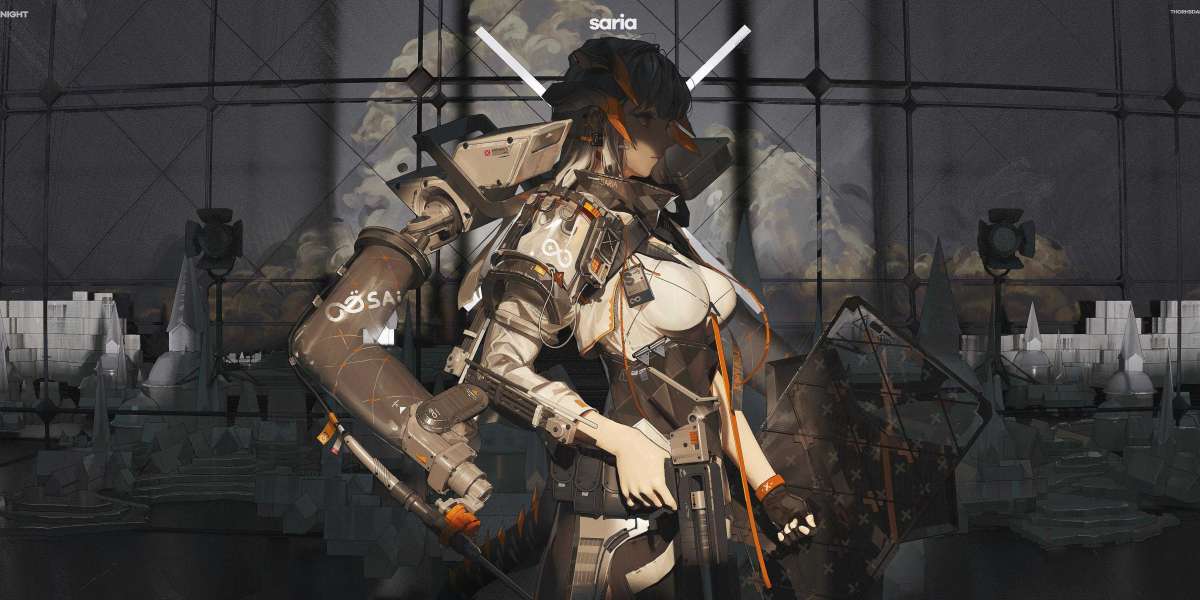In the rapidly evolving world of 3D printing, understanding the disparities between amateur and professional 3D printers is crucial for making informed decisions. Whether you are a hobbyist or a seasoned professional, knowing the key differences can help you choose the right equipment for your needs.
Understanding the Basics
At the core, both amateur and professional 3D printers serve the same purpose: transforming digital designs into physical objects. However, the technology, precision, and capabilities of these printers can vary significantly. What makes a 3D printer suitable for an amateur might not meet the demands of a professional setting.
Key Differences in Technology
Amateur 3D printers often utilize Fused Deposition Modeling (FDM) technology, which is cost-effective and relatively easy to use. These printers are ideal for beginners and hobbyists who are exploring the world of 3D printing. On the other hand, professional 3D printers may employ advanced technologies such as Stereolithography (SLA) or Selective Laser Sintering (SLS), offering higher precision and better material properties.
"Professional 3D printers are designed to handle complex tasks and deliver superior quality, making them indispensable in industries like aerospace, automotive, and healthcare."
Precision and Quality
One of the most significant disparities between amateur and professional 3D printers is the level of precision and quality they offer. Professional printers can achieve finer details and smoother finishes, which are essential for creating functional prototypes and end-use parts. In contrast, amateur printers might produce objects with visible layer lines and less intricate details.
Cost and Accessibility
Cost is another critical factor that differentiates amateur and professional 3D printers. Amateur printers are generally more affordable, making them accessible to a broader audience. Professional printers, however, come with a higher price tag due to their advanced features and capabilities. This investment is justified for businesses and professionals who require high-quality outputs and reliable performance.
Choosing the Right Printer for Your Needs
When deciding between an amateur and a professional 3D printer, consider your specific needs and goals. Are you looking to create simple models and prototypes, or do you need to produce high-precision parts for industrial applications? Understanding your requirements will help you make an informed choice.
Amateur 3D Printers: Ideal for Beginners and Hobbyists
- Cost-effective and easy to use
- Suitable for simple models and prototypes
- Limited precision and material options
Professional 3D Printers: Designed for High-Precision and Industrial Use
- Advanced technology and higher precision
- Capable of producing functional prototypes and end-use parts
- Higher cost but justified by superior performance
Conclusion
In conclusion, understanding the disparities between amateur and professional 3D printers is essential for making the right choice. Whether you are a hobbyist exploring new possibilities or a professional seeking high-quality outputs, knowing the key differences will guide you in selecting the appropriate 3D printer for your needs.
For more detailed information and product recommendations, check out the best professional 3D printers and top amateur 3D printers available on the market today.
References
Related Video
Product Image




